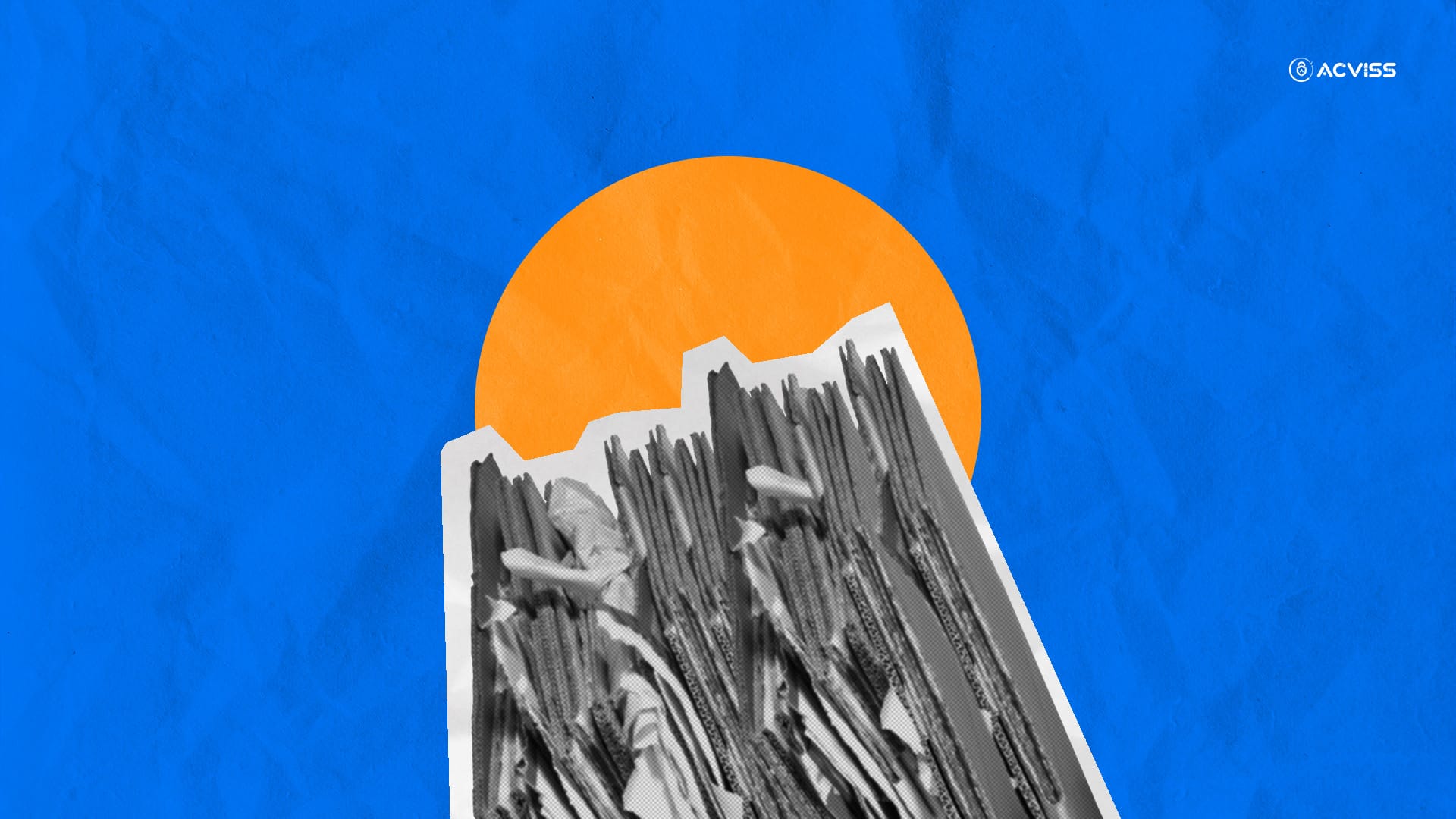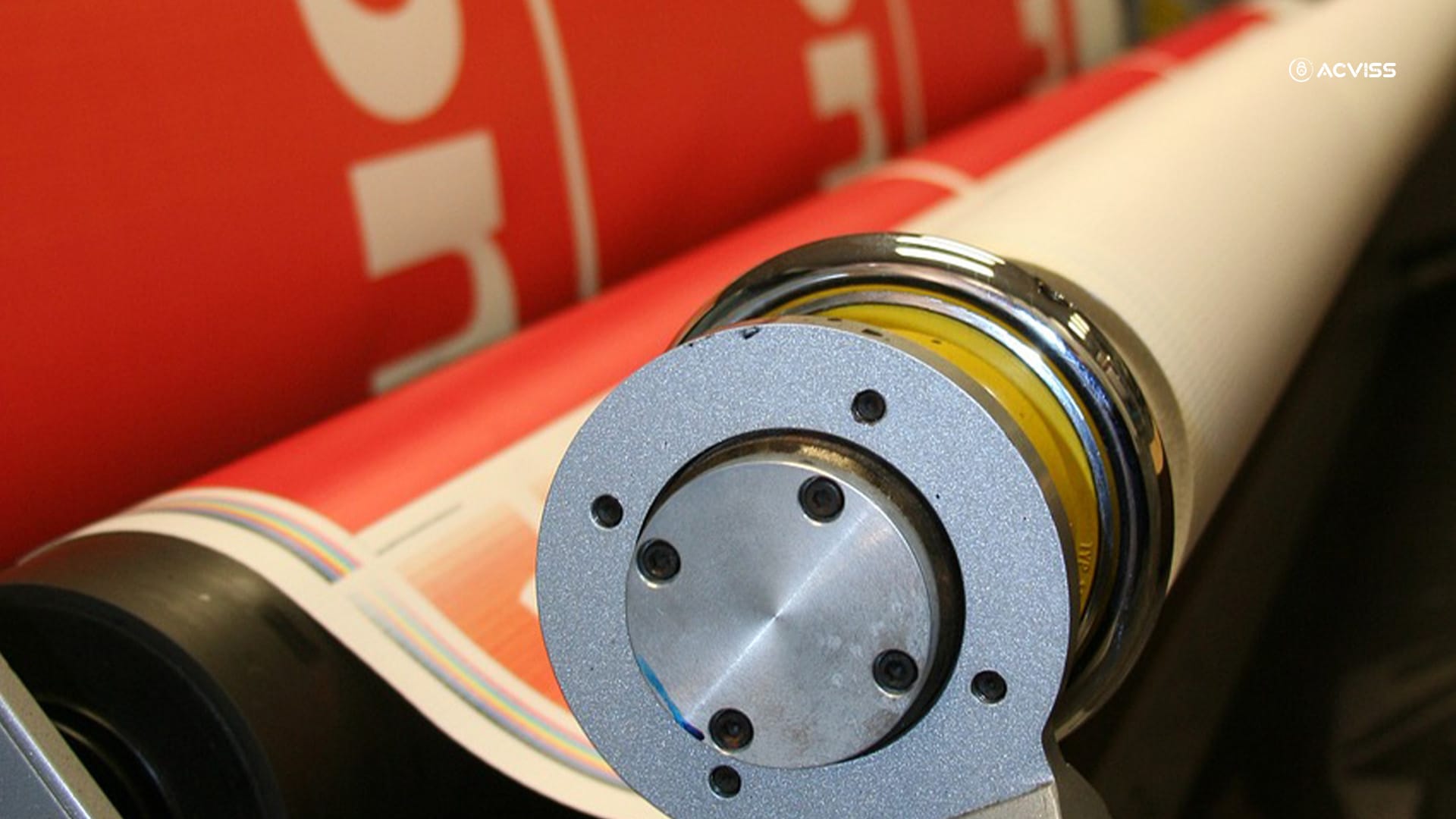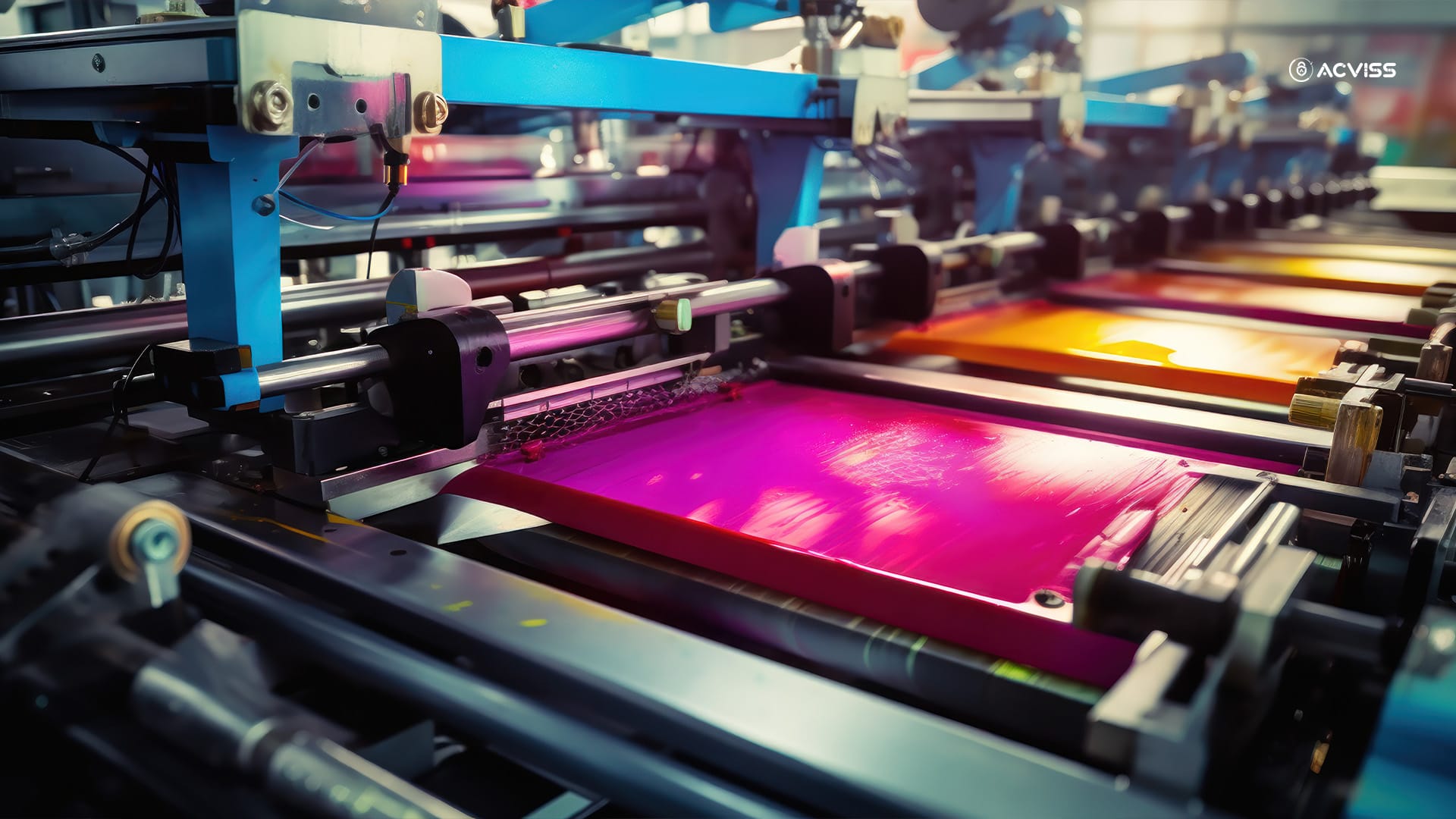Reducing Shop Floor Waste with Advanced Real-Time Inline Printing Solutions

Today’s manufacturing environment requires an innovative approach to streamline production processes that align with sustainability goals and market demands. In this regard, implementing real-time inline printing offers the significant benefit of effectively reducing material waste. Inline printing can transform the entire process by integrating it directly into the production line, reducing material waste, and enhancing product quality. Real-time inline printing enables companies to support customization and flexibility to accommodate last-minute changes without interrupting production. However, by synchronizing perfectly with ‘Just-in-time (JIT) printing’ principles, both of these approaches can significantly reduce excess inventory.
Significant Factors of Real-Time Inline Printing
As a transformative technology, real-time inline printing offers the following key factors to modern manufacturers –
- It facilitates on-demand production,
- Provides unparalleled flexibility and adaptability to reduce waste and associated costs,
- Eliminating financial risks and operating with leaner inventories,
- Streamlined workflows and ensure significant cost savings,
- Improve quality control and reduce the likelihood of waste,
- Minimize material waste and optimise resource usage to lower the carbon footprints
Technologies Used by Real-Time Inline Printing for Waste Reduction

Real-time inline printing helps reduce waste by using several technologies and contributes to enhanced manufacturing processes in today’s competitive market. Some of these technologies are –
- Digital Inkjet Printing – As a major technology in real-time inline printing, it allows the precise application of ink directly onto products or packaging. Hence, the manufacturers can use this print only in times of need, which significantly reduces material waste associated with overproduction and excess inventory. Also, it provides the advantage of quick changes in designs or information and thus assists in waste reduction from outdated prints.
- Variable Data Printing (VDP) – This technology is also used for real-time inline printing. It enables the customization of each printed item based on specific requirements, like batch numbers, expiration dates, or promotional graphics. Due to this capability, manufacturers can quickly respond to changing market demands without producing large quantities of pre-printed materials, which may become obsolete.
- Automation and Sensors – In synchronization with sensors, automated systems continuously monitor production lines to detect issues like misalignments in real time. This information allows operators to immediately make adjustments and reduce the probability of producing defective outputs that would ultimately increase waste. Coordinating printing tasks with the production schedule, automated systems streamline workflows and ensure efficient material use.
- Software Integration – Facilitating seamless integration between printing technologies and production equipment allows efficient job management and workflow optimization. With real-time data analysis, it determines the current production needs for the most efficient print production. This eliminates the chances of excess material usage and reduces waste.
- Print Quality Control Systems – With quality control mechanisms, this technology detects inconsistencies in print quality and automatically adjusts the parameters to prevent defects before they occur. Hence, the manufacturers can easily avoid the costs associated with reprints and material waste.
Further, the manufacturers can become part of the sustainability efforts and reduce the overall carbon footprint by using eco-friendly inks and materials.
Necessity to Minimize Waste by Real-Time Inline Printing
Real-time inline printing embraces the innovative approach of directly addressing the issues of overproduction and surplus inventory to minimise waste. Further, manufacturers can avail themselves of the benefits of significant cost savings by relying on pre-printed materials and reducing storage costs.
As the manufacturing industry continually evolves to accept leaner operations and sustainable practices, real-time inline printing has a crucial role in achieving those related objectives. In this regard, ‘Just-in-time (JIT) printing’ can be considered an effective option to meet the demands of today’s market and prepare for tomorrow’s challenges.
Just-in-time (JIT) Printing
‘Just-in-time (JIT) printing’ has emerged as the popular option in the supply chain world to achieve a high volume of production, reduce waste, and keep minimal inventory on hand. Also known as a lean management process, JIT interconnects every aspect of the production or service system, specifically people, to produce successful outcomes.
In comparison to conventional printing, JIT printing looks into the Kaizen philosophy, which means ‘change for the better.’ Throughout the JIT process diagram and steps, the inventory management system opts for continuous improvement of operations while engaging all employees to attain the goals of waste reduction and quality improvement. Promoting sustainable initiatives, JIT printing adheres to the triple-bottom-line framework for waste control, and it supports environmental-friendly business approaches to convert commercial profits into ecological and social best practices.
Application of JIT Inventory Methodology and its Advantages

JIT inventory methodology ensures smooth operations using a variety of techniques. As the lean manufacturing method focuses on eliminating waste, using critical elements like Kanban helps to control work-in-progress production and inventory movement. While JIT increases efficiency and decreases waste only by receiving goods as and when they are needed in the production process, Kanban helps manufacturers to visualize and more effectively manage the inventory flows within the system. Further, as a scheduling system, Kanban provides important know-how to any organization regarding what to produce, when, and how much to produce. Instead of an inventory control system, Kanban cards work as a visual indicator to send significant signals to the whole supply chain.
The integration of JIT and Kanban is very much necessary for manufacturing organizations to reduce risks by fine-tuning the demand and requirement processes. This hybrid system will offer great assistance to manufacturers in managing better inventory control along with improving operational efficiency and productivity at the same time. Ultimately, this process ensures minimizing waste with greater coordination and cooperation within the entire manufacturing system.
Real-Time Inline Should Be Integrated With JIT Printing
Incorporating JIT principles for real-time inline printing can allow unparalleled flexibility in the production process. The manufacturers can easily adapt to changing customer demands and make sure the products remain relevant and appealing while allocating resources more efficiently. The integrated system offers a proactive approach to reducing the likelihood of surplus inventory, improving cash flow, and minimizing waste for a sustainable future.
Modern manufacturers strive for operational excellence and quality control while practising responsive production processes. It is believed that integrated technologies will position the manufacturers at the forefront of innovation and competitiveness to contribute effectively to a sustainable future.
Conclusion
By analyzing all the above aspects, it can be stated that real-time inline printing can reduce shopfloor waste with diversified steps and technologies. This management strategy helps to align raw-material orders from suppliers directly with production schedules. The most significant advantage of real-time inline printing is to reduce inventory costs by minimizing warehouse needs. However, real-time inline printing must be integrated with JIT printing to reduce waste, enhance operational performance, and contribute toward a sustainable manufacturing landscape. Finally, it can be concluded that real-time inventory control is the foundation of JIT management in effectively addressing the potential barriers across the entire supply chain.
Interested to learn more about inline printing and protecting your product in the market? Get in touch with us today and take an expert walkthrough on securing your brand and customers in the competitive market.
